Le Finestre di "Bosquet"
The point is, the structure is not simply a massive exhibition : to address the issue of the crossroads being very busy, hence noisy, the structure is designed to absorb the sound instead of sending it back from the bare façade in the usual way. The crossroads become not only less noisy but also beautiful.
To better understand the work of art as dispositif, one must go back to the root : the artist’s desire for cultural de-pollution. Must the city be systematically denaturalised by advertisements and pollution ? The city may also host art, like a museum hosts paintings. Art can be used to enhance urban life, just like built-up areas can be structured so that places and passages become interesting viewpoints. The passer-by meets art in the streets themselves. He does not have to go to the museum, nor pay, nor watch. The passer-by becomes a spectator only if he so wishes. He has everything to gain.
The ultimate function of the project is change. The pictures are to be regularly replaced, the idea being to stay open to different works. The artists are chosen by a committee equally composed of benefactors, local cultural institutions and members of associations created ad hoc – all of them are the masters of the playing field offered by the semiotician -photographer (Muto, Dario Siragusa) and the architect (Julien Camborde).
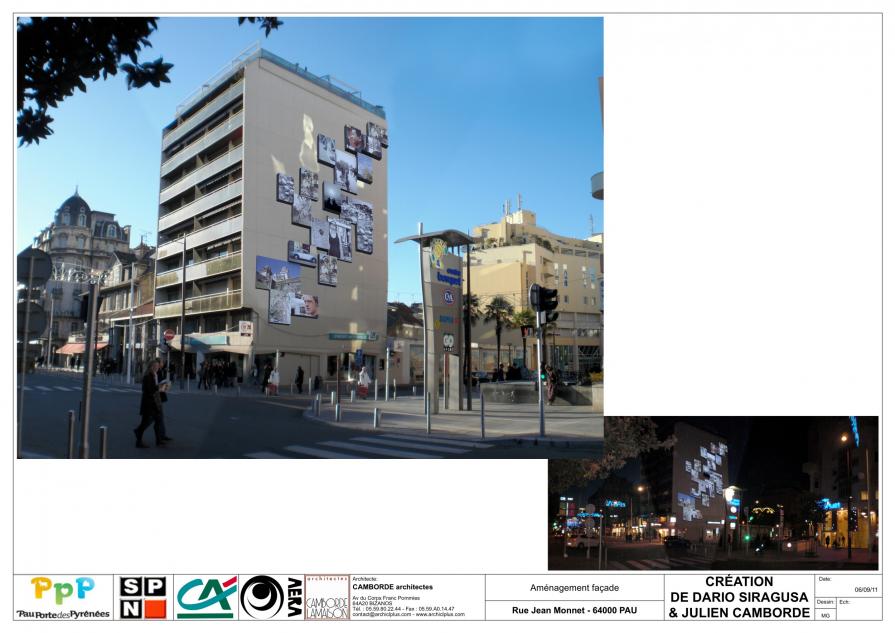
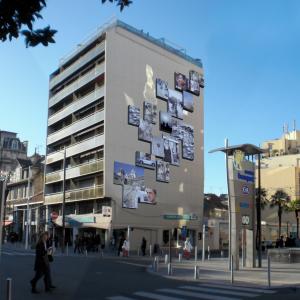
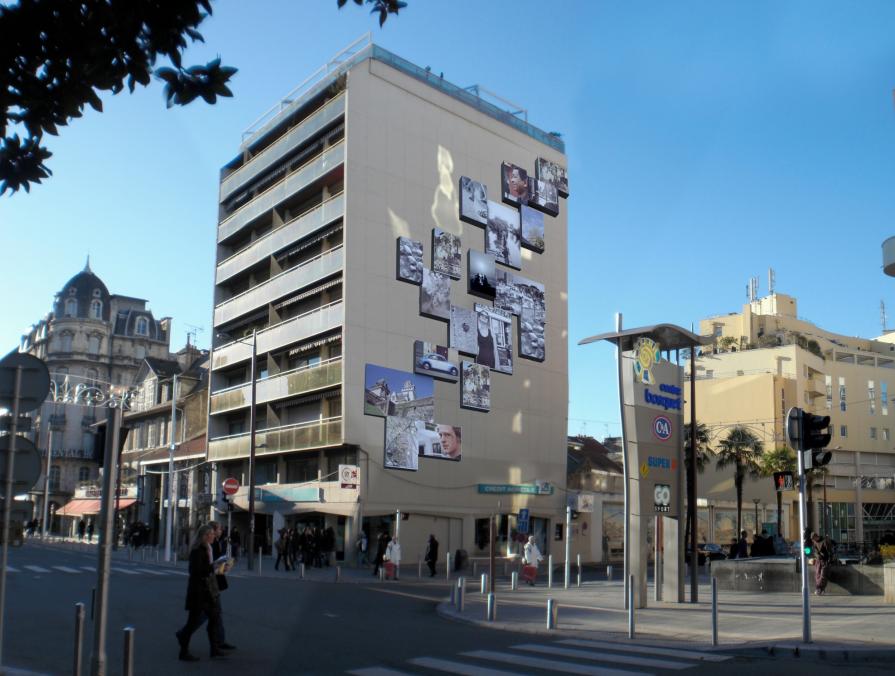
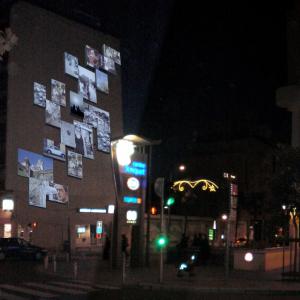
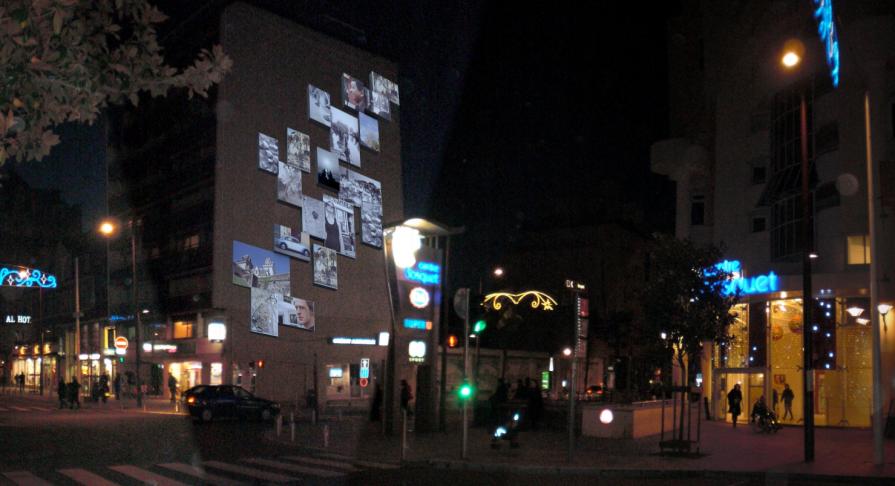

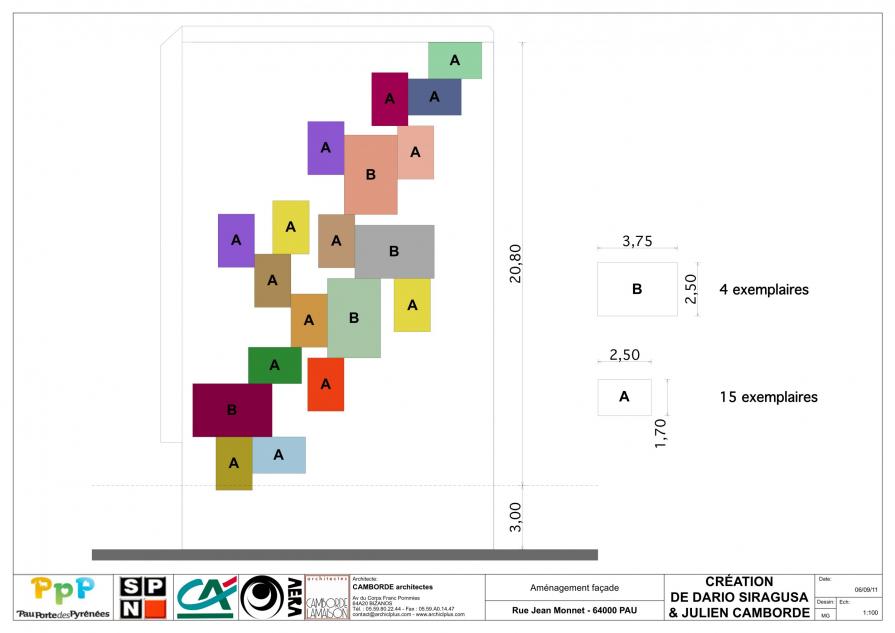








Comments 1
Say something